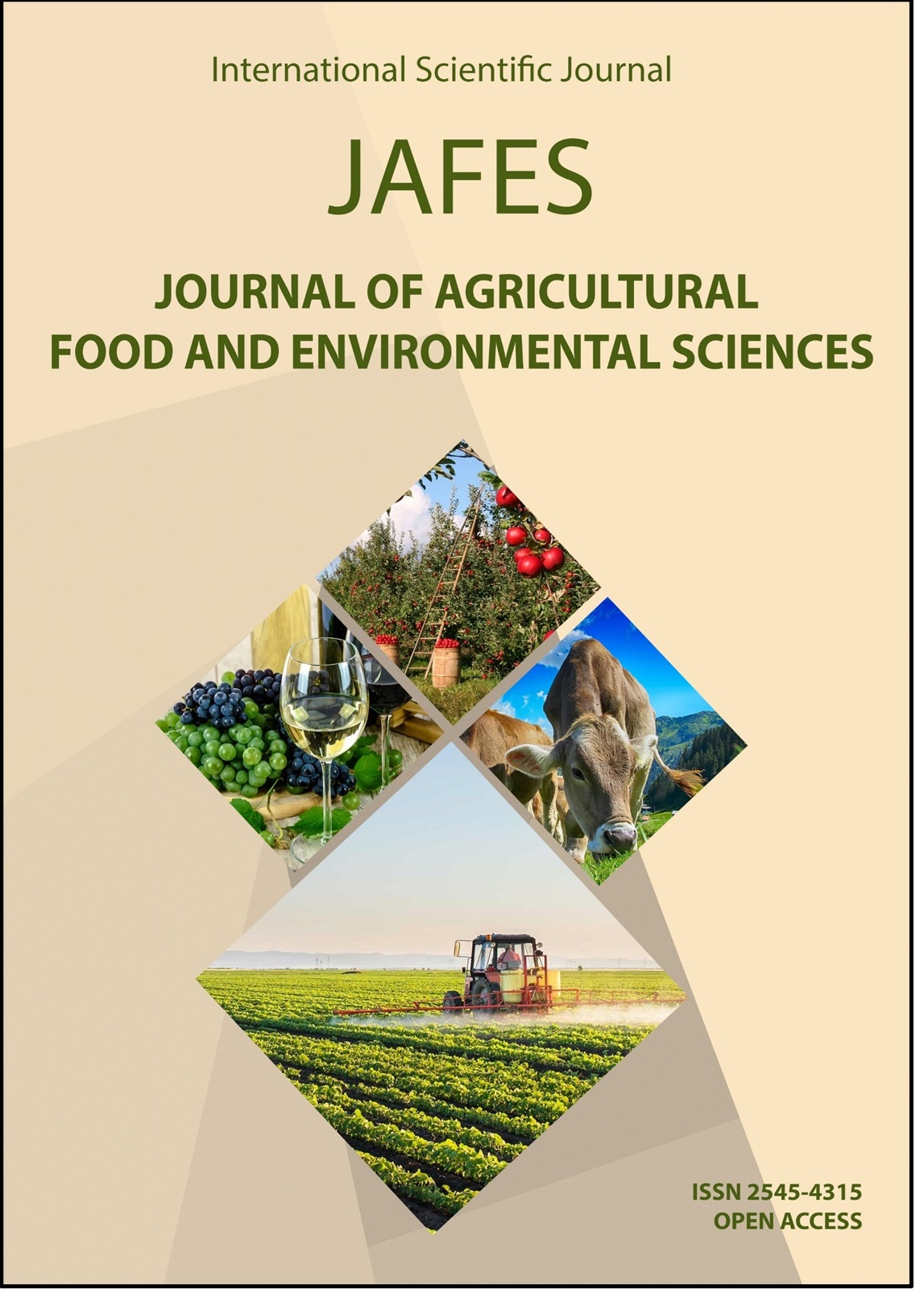EFFECTS OF DIFFERENT VARIANTS OF STERILE AND FERTILE PLANTS ON MAIZE HYBRID YIELDS
Клучни зборови:
cytoplasmic male sterility, maize, yield.Апстракт
Maize is a very important field crop according to both, its distribution and sown areas. The possibility of different utilisation of maize for food, feed and industrial processing is greatly contribute to high economic significance of this crop. The aim of conducted studies was to determine the effect of various proportions of fertile and sterile plants on the yield by performing trials in a certain location. The three-replication trial was set up according to the randomised complete block design in the location of Zemun Polje under conditions dry land farming. A mixture of different variants of sterile and fertile plants of the commercial hybrid ZPSC 341 was made. Statistical data processing included the analysis of variance according to the randomised complete block design, regression and correlation analyses of grain yield and the percentage of fertile plants in the hybrid ZPSC 341, in order to determine the changes in grain yields in relation to the percentage ratio of sterile to fertile plants. Obtained results indicate that the highest (15.472 t ha-1), i.e. lowest (14.046 t ha-1) average yield was recorded in the hybrid with 80%, i.e. 5% fertility, respectively. The coefficient of correlation points to a weak dependence of the yield and the fertility percentage (rxy=0.101). Based on the coefficient of determination, the percentage dependence between the yield and the percentage of fertile plants was low (R²=0.010).
Референци
Duvick, D.N. (2005): Genetic progress in yield of united states maize (Zea mays L.). Maydica 50: 193-202.
Glamočlija, Đ. (2004): Posebno ratarstvo, Izdavačka kuda Draganic
Hadživukovic, S. (1991): Statistički metodi s primenom u poljoprivrednim i biološkim istraživanjima. Drugo izdanje. Poljoprivredni fakultet, Novi Sad.
Hirel, B., Martin, A., Terce-Laforgue, T., Gonzalez-Moro, M.-B., Estavillo, J-M. (2005): Physiology of maize I: A comprehensive and integrated view of nitrogen metabolism in a C4 plant. Physiologia Plantarum 124: 167–177.
Kaeser, O. (2002): Physiological and agronomic traits of cytoplasmic male sterility in maize (Zea mays L) and its molecular discrimination. PhD dissertation. Agronomy and plant breeding, Federal Intsitute of Technology, Zurich, Switzerland.
Munsch, M. (2008): Yield potential of modern european plus-hybrids and relevance of genetic diversity for xenia in maize (Zea mays L.). PhD dissertation. Agronomy and plant breeding, Federal Intsitute of Technology, Zurich, Switzerland.
Rhoades, M. M. (1931): The cytoplasmic inheritance of male sterility in Zea mays. J. Genet. 27:71-93.
Uribelarrea, M., Carcova, J., Otegui, M.E., Westgate, M.E. (2002): Pollen production, pollination dynamics, and kernel set in maize. Crop Science 42:1910-1918.
Vega, C.R.C., Andrade, F.H., Sadras, V.O., Uhart, S.A., Valentinuz, O. (2001): Seed number as a function of growth. A comparative study in soybean, sunflower, and maize. Crop Science 41: 748-754.
Weingartner, U., Prest, T.J., Camp, K.-H., Stamp, P. (2002b): The plus-hybrid system: a method to increase grain yield by combined cytoplasmic male sterility and xenia. Maydica 47:127-134.



